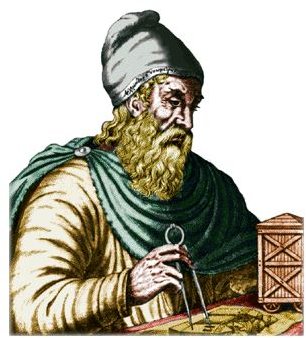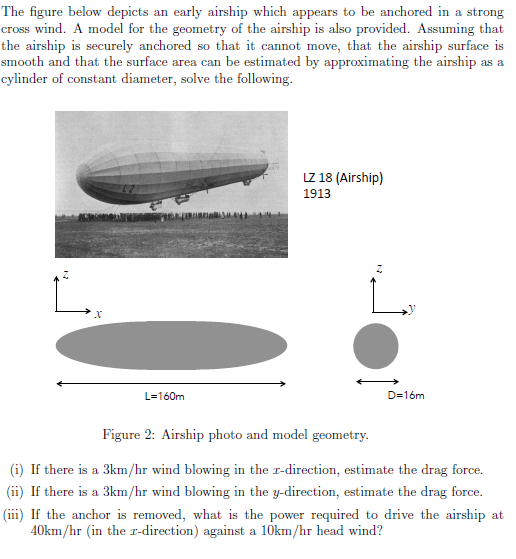


India has perfected a solar cooker which a government agency now sells for $14, using a circular mirror of yard-square area.

ARCHIMEDES AS A SPACE PIONEER FREE
Armagnac, March 1954)Ī man-made inferno tries out materials for jet and rocket engines-and shows one way to capture free solar power.ĭevices using the sun’s heat directly, as the solar furnace does, represent the simplest approach and the most successful to date. We are excited to tap into the workforce in the area to fast track Neutron’s development.Armagnac’s sun-drenched feature covers an array of emerging solar technologies, including a furnace in which “steel melts and drips like sealing wax over a flame ” photovoltaics, whose electric yield was so wretched in 1954 that a skeptic said, “Scientists must understand matter and energy much better before we can count on charging our automobile batteries from thermoelectric or photoelectric generators on the garage roof ” photosynthesis, used to grow a high-yield, single-cell algae food crop, about which Armagnac doesn’t mince words, “if our palate isn’t progressive enough to fancy such ultramodern fare, we can feed it to cattle or poultry, and be rewarded with old-fashioned steaks or fricassees ” and finally, sunlight-in-a-bottle, or capturing rays in test tubes to tap its catalytic characteristics: “Sunlight is known to produce various chemical reactions,” wrote Armagnac, “as when it turns blank film into a portrait of Aunt Ella.” Guess he wasn’t a fan of drinking UV light to cure disease. Rocket Lab Vice President of Launch Systems, Shaun D’Mello, said, “ It is thrilling to say we’ve reached the next step in the development of Neutron as we begin operations at the Archimedes Test Complex at Stennis. We look forward to breathing fire in the great state of Mississippi.” Thanks to our partnership with NASA and the state of Mississippi, we can begin to develop the existing infrastructure and test stand at Stennis to fast-track Neutron’s first launch. Rocket Lab Founder and CEO, Peter Beck, said, “ It was only a few weeks ago when we announced Stennis as the location of our Archimedes Test Complex and we’re already fast at work to get the site up and running to deliver Neutron. Neutron is also being designed to be human spaceflight capable in future. Neutron is Rocket Lab’s reusable rocket in development, designed as a cost-effective, reliable, and responsive launch service to help build mega-constellations, deliver large spacecraft to low-Earth orbit, geostationary orbit, and interplanetary destination. has now kicked off operations for testing the Archimedes engine with a ribbon cutting ceremony at NASA’s historic Stennis Space Center in Mississippi - the Archimedes Test Complex will be home to engine testing for the 165,000 lbf ( pound force ) engines to be used on Rocket Lab’s reusable Neutron rocket. By developing a simple engine with modest performance requirements, the timeline for development and testing can be drastically accelerated. Neutron’s lightweight carbon composite structure means Archimedes does not need the immense performance and complexity typically associated with larger rockets and their propulsion systems. Seven Archimedes engines will propel Neutron’s first stage, with a single vacuum optimized Archimedes engine on the second stage.
ARCHIMEDES AS A SPACE PIONEER GENERATOR
Designed and manufactured in-house by Rocket Lab, Archimedes is a reusable liquid oxygen / methane gas generator cycle engine capable of 1 meganewton thrust and 320 seconds of ISP.

Neutron will be powered by an entirely new rocket engine, Archimedes.


 0 kommentar(er)
0 kommentar(er)
